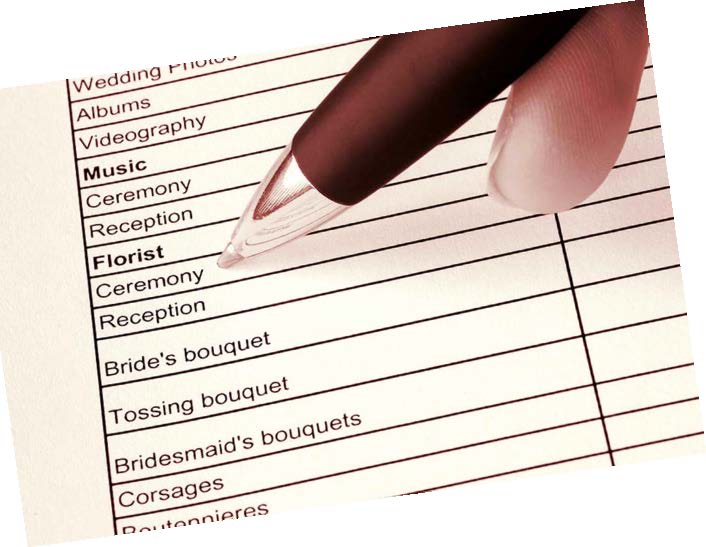A Primer on Home Insurance
By Edmund Lao, RFP®
A home or shelter is one of our basic needs. Owning a dream home is very much like owning a dream car. Just like any other property, the home and the assets inside need to be protected against various risks from natural calamities such as fire, floods, earthquakes, or landslides.
Just imagine what would happen to a family if such risks occur to them and there is nothing to counter it. The family will have no choice but to live temporarily with relatives or friends.
The only solution is to get protection through home insurance, also commonly called hazard insurance or homeowner’s insurance. This type of property insurance covers one’s home against the above-mentioned risks. Besides, there are various sections of the policy that broadly covers the structure of the house alone or that includes belongings such as jewelry, furniture, electronic appliances, etc. – and even both. Having home insurance will give you as a homeowner peace of mind, knowing that in any eventuality, you have the capability to rebuild your home stress-free.
The cost of home insurance often depends on what it would cost to replace the house and which additional riders – additional items to be insured – are attached to the policy.
The home insurance policy is usually a term contract – a contract that is in effect for a fixed period of time, usually a year. The payment the insured makes is called the premium. The insured must pay the insurer the premium each term in order for the insurance to be in effect. Most insurers charge a lower premium if it appears less likely the home will be damaged or destroyed. That is why before the insurance company issues the policy, they make it a point to have their officers make an assessment of the risk surrounding the property.
Factors to Consider When Buying Home Insurance
When purchasing home insurance for your first home, there are a few factors that you will need to consider since they will have an influence on the premium. The following are some factors to consider when buying home insurance:
1. The Condition of the Home
Insurers factor in general wear and tear on your home when setting a premium. They will inspect such things as the integrity of the home’s wiring system and even the structure. Because new homes tend to be in better condition than older homes, some insurers will offer a lower premium if your home is new.
2. The Construction of the Home
Certain types of homes are less expensive to insure because they are more resistant to damage. For example, a house made of cement is preferable because of its resistance to fire.
3. Location of the Home
Flood and earthquake damage is not covered by standard home insurance policies. Special policies that cover these conditions are available, but can be quite costly. Just be sure not to include the risks that are not present in the area.
4. Loyalty to the Insurer
Insurers will often reduce or maintain their rates (if there is a price increase) if you buy more than one type of coverage such as auto and homeowner’s from them or if you stay with them over a long period of time.
5. The Type of Home Insurance Coverage
Home insurance usually covers damages to a home as well as the contents within it. You can also get insurance against theft. It is essential for you to read the fine print carefully and check how the prices as well as coverage vary amongst packages that may appear to be similar.
Ways to Cut the Cost of Your Homeowner’s Insurance
1. Don’t buy home insurance coverage that is not needed.
It makes no sense to buy insurance to protect against risks that are unlikely to occur; for example, earthquake coverage in a non-earthquake zone.
2. Make the home a better insurance risk.
Ask the insurance agent what can be done to make the home less expensive to insure. Make changes that reduce the risk of damage. Update old wiring or heating systems, which may reduce risk of fires and therefore reduce premiums.
3. Shop around for homeowner’s insurance.
Shop around for home insurance rates and compare all with the same coverage and benefits. Also, insurers may offer discounts for long-time clients, so it pays to ask the insurer.
4. Locate intelligently.
Stay away from fire prone areas. Insurance companies may not insure a property or may charge higher if the property is in a high risk area. Locate in communities with professional fire departments. Have your home inspected before you purchase.
5. Think twice before filing a claim.
Just like with car insurance, every time you file a claim, you risk higher insurance rates in the future. So in the long run, filing a claim can cost more than what you receive in a payout. Paying for a smaller loss will almost always cost less than the premium increase later.
6. Become an insurance agent.
By becoming an agent, you can get the commission of the premium you pay. In effect, you end up getting a discount for the premium. Another thing, by being an agent to others, you can earn commissions to practically to pay for your own insurance premiums.
7. Check with the Insurance Commission.
By being well-informed, you can avoid the hassle of dealing with fly-by-night insurance companies. Check with www.insurance.gov.ph to get a list of authorized insurers that can provide the home insurance you need.





Pingback: A Primer on Home Insurance | MoneySense Personal Finance … | Insurance Experts
Pingback: A Primer on Home Insurance | MoneySense Personal Finance … | Insurance Experts